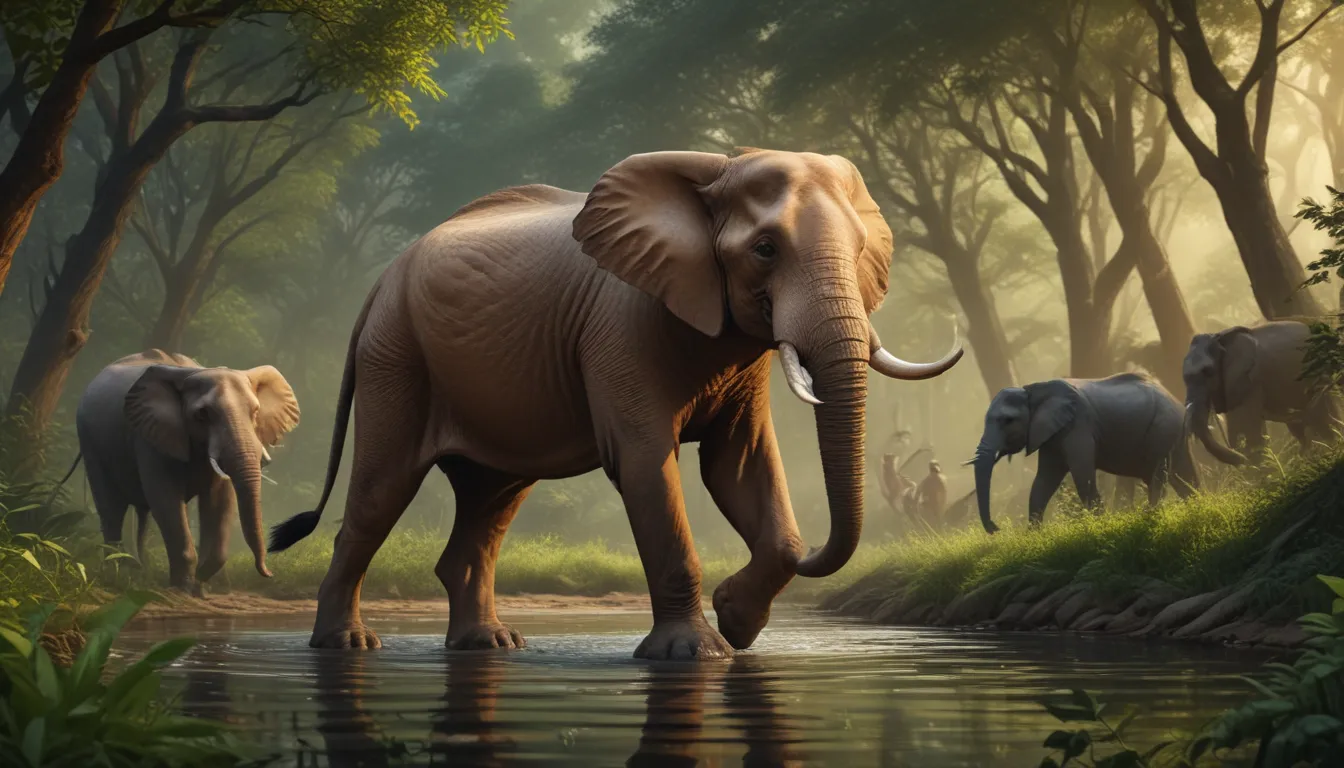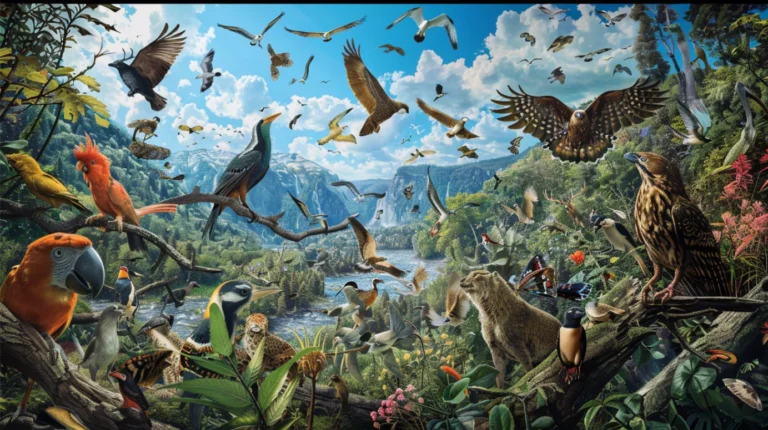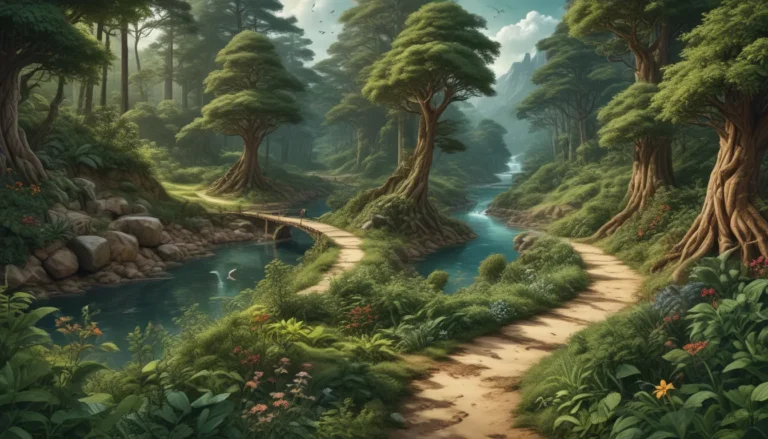The pictures we use in our articles might not show exactly what the words say. We choose these pictures to make you interested in reading more. The pictures work together with the words but don’t take their place. The words still tell you the important facts.
India's wildlife is a treasure trove of diversity and magnificence, reflecting the country's rich tapestry of landscapes and ecosystems. From the regal Bengal tigers that roam the lush jungles of the Sundarbans to the gentle Indian elephants that grace the forests of Kerala, each creature contributes to the vibrant mosaic of India's natural heritage. With over 90,000 species of animals and more than 46,000 species of plants, India stands as a global biodiversity hotspot, teeming with life in its varied climates and habitats.
Delving into the Richness of Indian Wildlife
Diverse Ecosystems: India's vast expanse encompasses a kaleidoscope of ecosystems, from the snow-capped Himalayas to the sun-kissed shores of the Indian Ocean. This diversity fosters a wide array of flora and fauna, making India a haven for wildlife enthusiasts and conservationists.
Conservation Success: Efforts such as Project Tiger have yielded remarkable results in safeguarding iconic species like the Bengal Tiger. These conservation initiatives protect wildlife and preserve vast tracts of forest land, ensuring the continued existence of these majestic creatures.
Embracing Iconic Species of Indian Wildlife

Indian Elephants: Revered in Indian culture and mythology, these gentle giants play a vital role in maintaining the ecological balance of India's forests. Their presence symbolizes harmony and coexistence with nature.
Snow Leopards: Roaming the pristine heights of the Himalayas, snow leopards epitomize the beauty and resilience of high-altitude ecosystems. Their elusive nature underscores the fragility of these habitats and the need for conservation efforts.
One-horned Rhinoceros: Found primarily in the grasslands of Assam, the one-horned rhinoceros is a unique symbol of India's wildlife heritage. Parks like Kaziranga are pivotal in protecting these endangered species.
Upholding Conservation Initiatives in India
Project Tiger: Launched in 1973, Project Tiger has been a resounding success in increasing the tiger population and safeguarding their habitats. This flagship conservation program has set a benchmark for wildlife protection in India.
Community-based Conservation: Empowering local communities to participate in conservation efforts has been instrumental in safeguarding endangered species like the Asiatic Lion. This collaborative approach ensures sustainable conservation practices.
Addressing Challenges to Indian Wildlife
Poaching: The illegal wildlife trade continues to pose a grave threat to iconic species like tigers, elephants, and rhinos. Efforts to combat poaching are essential to ensure the survival of these endangered creatures.
Habitat Loss: Deforestation, agricultural expansion, and urbanization are encroaching upon wildlife habitats, leading to human-wildlife conflicts. Protecting and restoring these ecosystems is crucial for preserving India's biodiversity.
Celebrating Unique Habitats and Ecosystems
Sundarbans: As the largest mangrove forest in the world, the Sundarbans are vital for the survival of the Bengal Tiger and numerous other species. This UNESCO World Heritage Site is a testament to the intricate interplay between land and sea.
Western Ghats: Known as one of the world's biodiversity hotspots, the Western Ghats are home to a multitude of plant and animal species. Preserving this ecological treasure is paramount for the future of India's wildlife.
Nurturing Wildlife in Indian Culture and Tradition
Sacred Animals: Animals hold a revered place in Indian culture, with many species being worshipped and revered. The elephant, associated with Lord Ganesha, embodies wisdom and auspiciousness.
Folklore and Fables: Time-honored tales like the Panchatantra feature animals and impart moral lessons, highlighting the deep connection between humans and wildlife in Indian heritage.
Safeguarding the Future of Indian Wildlife
Youth Engagement: Educating and inspiring the younger generation is essential for the long-term preservation of India's wildlife. Initiatives that foster a love for nature and wildlife conservation instill a sense of stewardship for the environment.
Technological Advancements: Innovations in technology, from drone surveillance to genetic studies, are revolutionizing wildlife conservation efforts. Monitoring endangered species and protecting their habitats has become more efficient and effective.
A Tapestry of Wild Wonders in India
India's wilderness is a symphony of nature's marvels, each species adding a unique note to the grand composition of biodiversity. As we tread lightly on the path of conservation, let us cherish and protect these living treasures for generations to come. By embracing India's wild wonders with reverence and responsibility, we contribute to a global legacy of preserving the planet's irreplaceable natural heritage. Let our admiration for India's wildlife inspire us to be earth stewards, ensuring a harmonious coexistence between humans and the magnificent creatures that grace our land.






